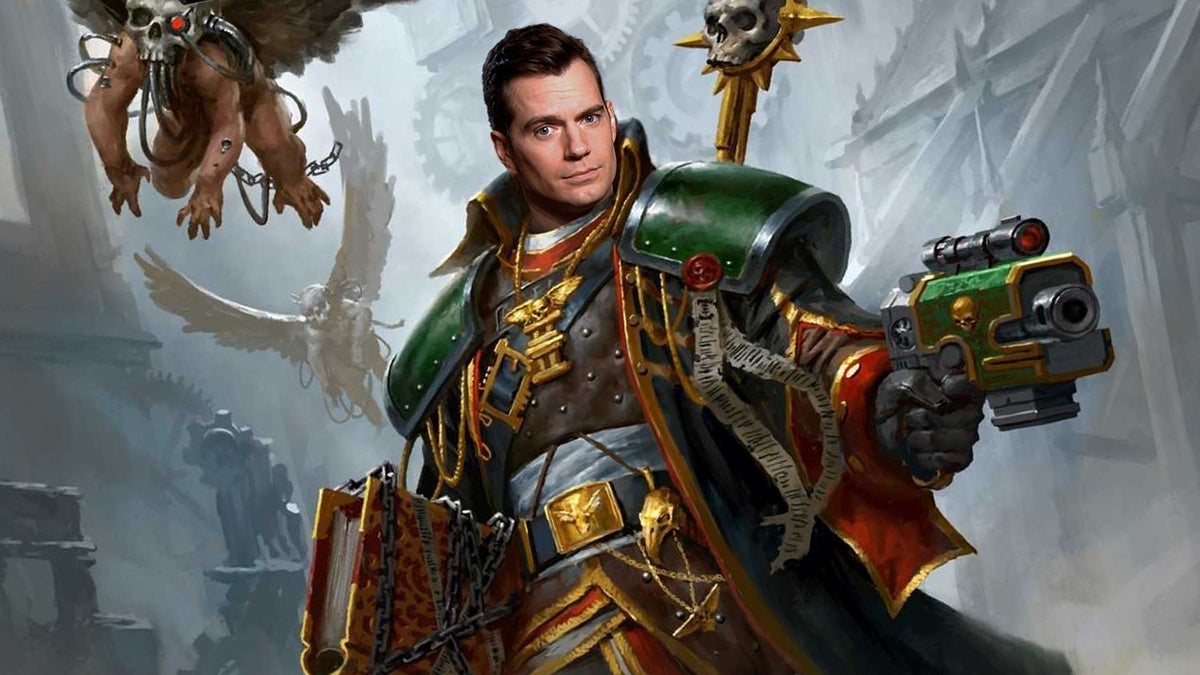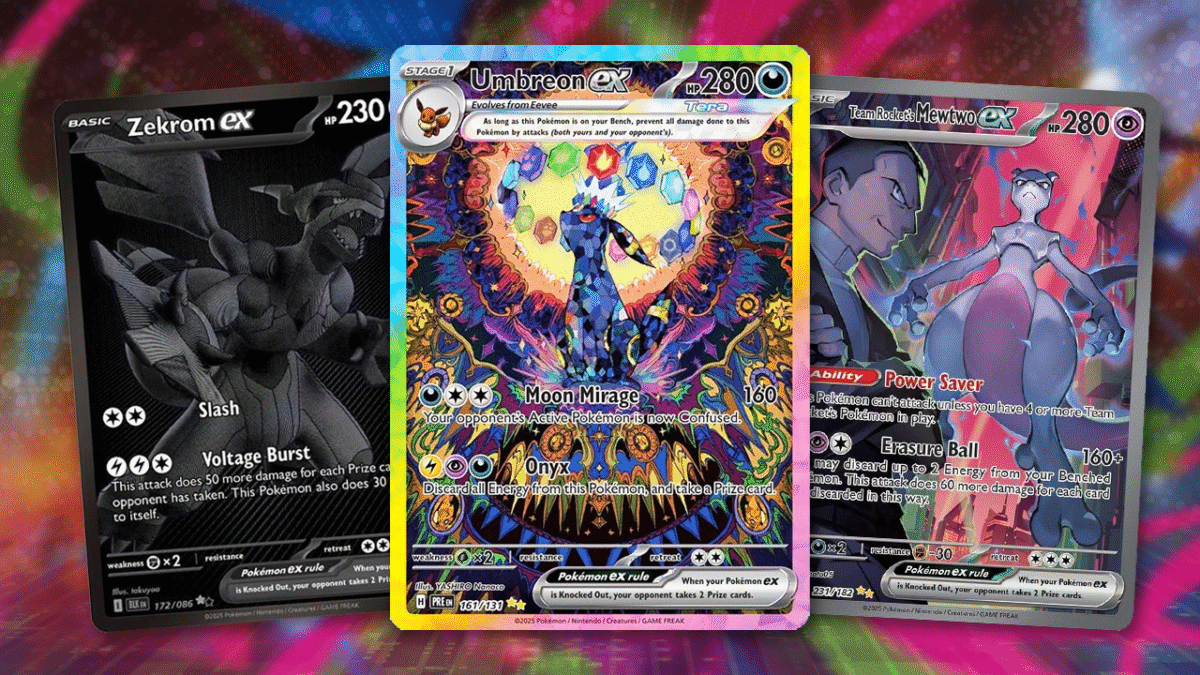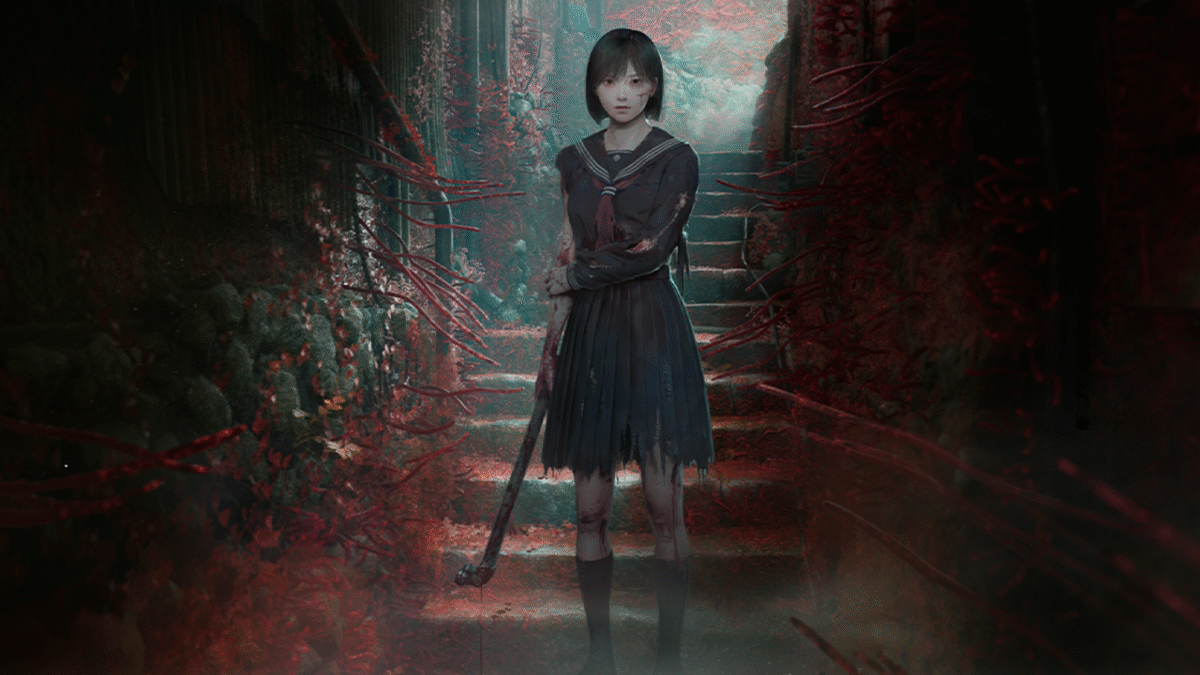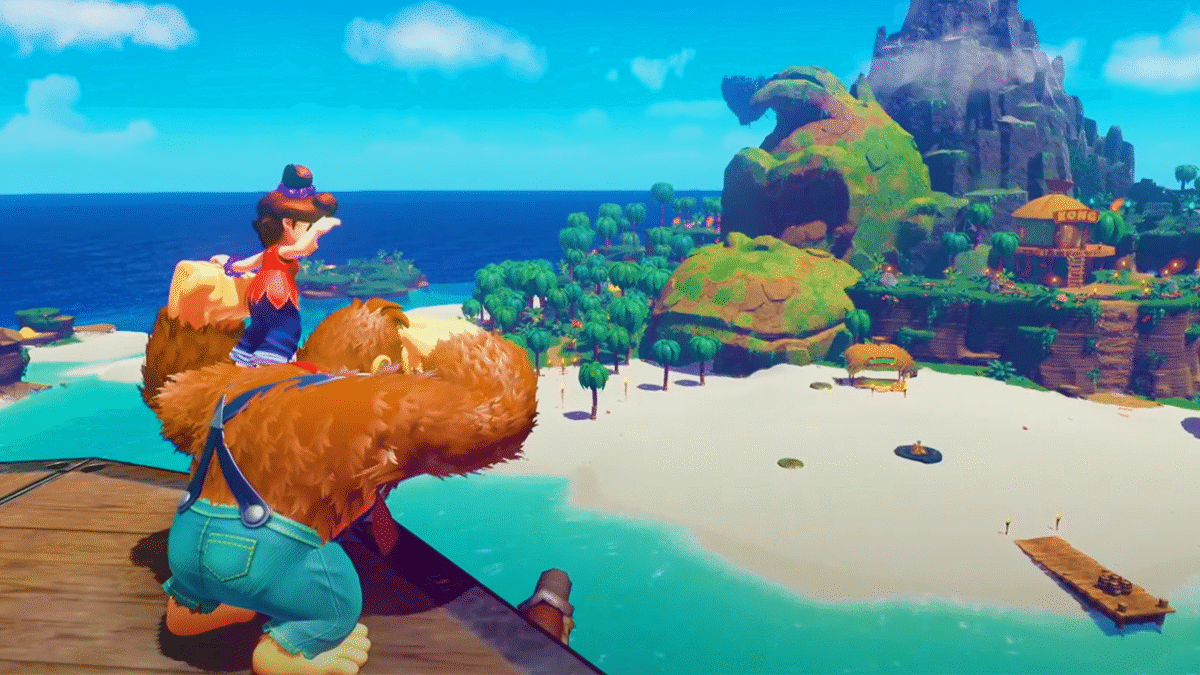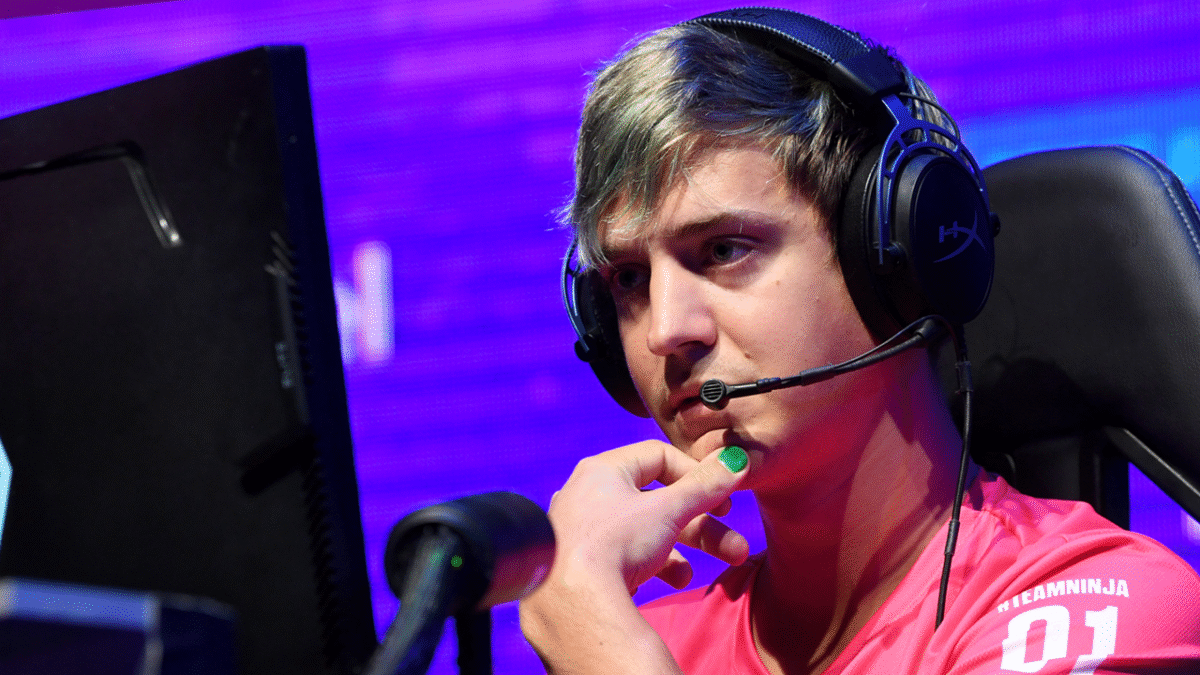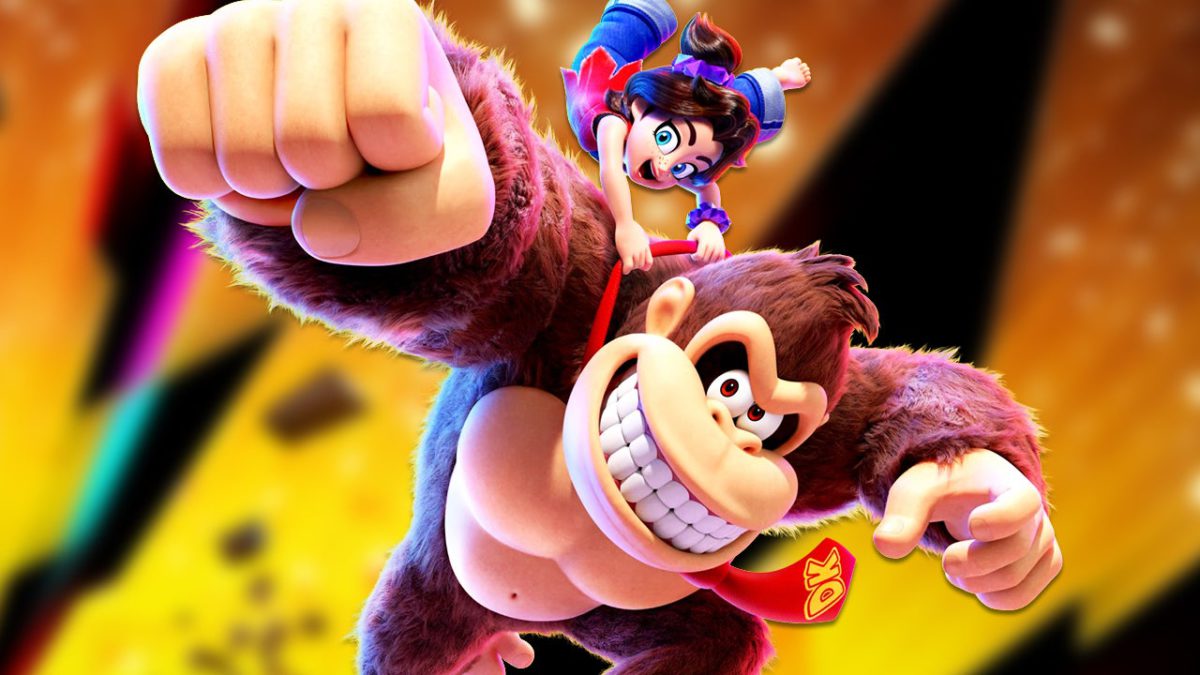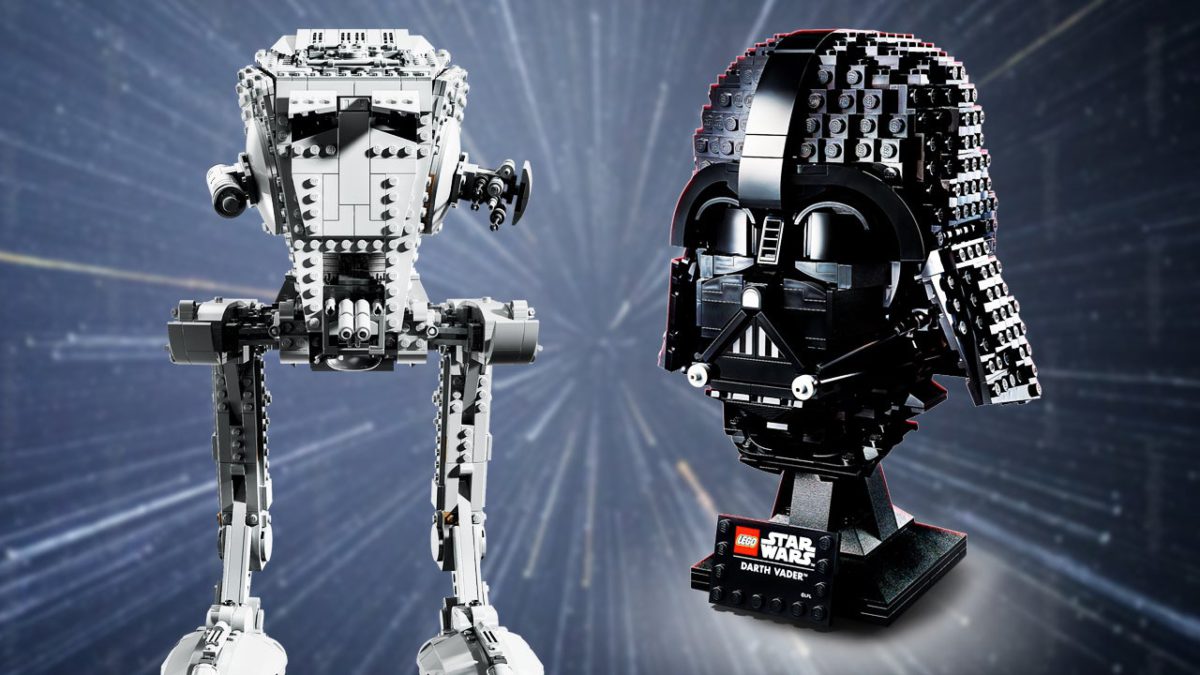
Henry Cavill’s seemingly innocuous picture showing his leg injury sustained while training for the Highlander reboot has sent Warhammer 40,000 fans into a frenzy after speculation the former Superman actor’s social media post contains three(!) separate nods to his upcoming — and super secret — Amazon project.
Henry Cavill’s Warhammer 40,000 Cinematic Universe, the result of a deal struck between Games Workshop and Amazon for Prime Video movies and TV shows based on the famous grimdark setting, is shrouded in mystery. While it’s hugely exciting for fans, especially given Cavill’s well-documented love of Warhammer 40,000, we do not know which character he is set to play, or even which story the initial project will tell. We don’t even know which era of Warhammer, specifically, we can expect to see in live action form.
Cavill has chosen his words carefully whenever he’s asked about Warhammer 40,000 in interviews. In June, Cavill touched on the “complexity” and “trickiness” of adapting the Warhammer 40,000 IP. But, he insisted, he was loving the challenge.
Bringing Warhammer to life “is a dream come true,” Cavill said, “but it’s different from what I’ve done before, in the sense I haven’t had my hand on the tiller of things before. It’s wonderful doing that. It is a tricky IP, and a very complex IP, and that’s what I love about it. The challenges that come with putting this on the page in a way that is doing justice to that complexity, that trickiness, and that nuance, is a challenge I’m enjoying enormously.”
But could Cavill’s social media post hint at what to expect from his Warhammer 40,000 Cinematic Universe? Some fans think so.
The most obvious tease here is in the second picture, which shows books for the Horus Heresy tabletop game strewn about on Cavill’s table. For the uninitiated, the Horus Heresy is the Space Marine civil war that took place 10,000 years before the current Warhammer 40,000 setting. It is the foundation of 40K’s grimdark universe, and reveals how the carrion Emperor ended up on the Golden Throne.
If this photo is indeed a tease for an adaptation of the Horus Heresy, it would be a significant undertaking for Amazon. The galaxy-spanning war was epic in scale, involved planet-cracking battles, enormous super soldiers, and all sorts of mind-bending space magic. Delivering the Horus Heresy as a TV show, while exciting, would be a hugely expensive proposition if done at the scale suggested by the Black Library books. We’re talking The Lord of the Rings: The Rings of Power production values here, perhaps even greater.
But the Horus Heresy isn’t the only tease in Cavill’s photo. Squint at the first picture, the one with Cavill’s rugged face and his dog, and you’ll see in the background, just above his head, the Warhammer 40,000: Leviathan box set sat on a shelf.
This is the current setting for Warhammer 40,000, which revolves around the Ultramarines chapter of Space Marines defending the Imperium against the terrifying Tyranid threat. It also just happens to be the premise of the hugely successful Space Marine 2, which launched to massive sales this time last year.
Could this be a fun Cavill tease for his Amazon show? Perhaps it is set to adapt The First Tyrannic War, during which the Imperium makes first contact with the Tyranid race and all hell breaks loose?
But there’s more! Cavill posted his pics alongside a poem, Invictus by William Ernest Henley. Invictus, you say? Well, he’s only one of the most famous Ultramarines there ever was, and a hero in the war against the… Tyranids.
Indeed, Saul Invictus (now deceased in the official timeline) was the Captain of the Ultramarines Space Marine Chapter’s elite 1st Company. He was killed defending his chapter homeworld of Macragge by the Tyranids of Hive Fleet Behemoth during the First Tyrannic War.
Let’s go over that last part of the poem:
It matters not how strait the gate,
How charged with punishments the scroll,
I am the master of my fate,
I am the captain of my soul.
Is Cavill set to play Captain Invictus in an adaptation of the First Tyrannic War? Some Warhammer 40,000 fans think so, simply due to the poem lining up with the Leviathan box set.
Of course, all the Warhammer bits and bobs in Cavill’s pictures may just be innocent window dressing and mean absolutely nothing. And it’s worth noting one character who’s often mentioned by fans as a great fit for Cavill — Eisenhorn, from Black Library author Dan Abnett’s saga of the same name — is not teased here. At least, not that we can see. An adaptation of Abnett’s much-loved Eisenhorn series would perhaps be a more realistic proposition for Amazon, not least because its main characters (Gregor Eisenhorn and Gideon Ravenor) are human inquisitors, not hulking Space Marines, and their story is more grounded.
In July, Games Workshop said in a financial report that fans shouldn’t expect any significant news on the Amazon work any time soon — and that it would be “several years” before anything comes of it.
“On 10 December 2024 we announced the conclusions of our negotiations with Amazon for the adaptation of Games Workshop’s Warhammer 40,000 universe into films and television series, together with associated merchandising rights,” Games Workshop said.
“The project continues in line with our contractual agreement with Amazon. This same contract prohibits us from sharing any specific details or commercial terms.
“We have great partners who continue to display their commitment to present Warhammer authentically and at the scope and scale befitting our fantastical setting. This is a long-term partnership with Amazon and there won’t be any significant news in the short term — these things take several years to bring to market.”
So we’re left with scraps to mull over, such as recent comments from Dan Abnett about NDAs and upcoming books.
In the meantime, Games Workshop pointed to the well-received Warhammer 40,000 episode on Amazon Prime’s animation show Secret Level, which it described as “a taster of Warhammer IP in digital form on the small screen.”
Wesley is Director, News at IGN. Find him on Twitter at @wyp100. You can reach Wesley at wesley_yinpoole@ign.com or confidentially at wyp100@proton.me.

